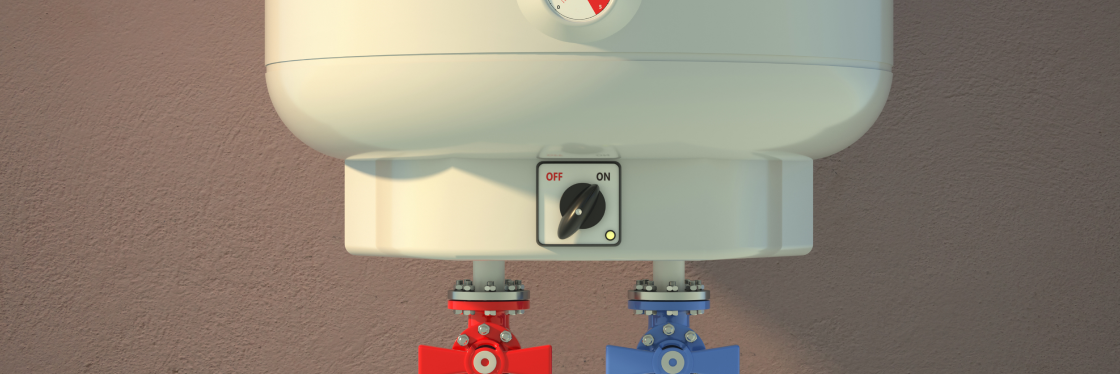How to Use a Geyser for Long Life: Essential Tips for Indian Homes
Table of Contents
- 1. Benefits of Proper Geyser Usage
- 2. Actionable Expert Tips
- 3. Conclusion: Maximise Your Geyser’s Lifespan
- 4. External Link Suggestions
Benefits of Proper Geyser Usage
Using your geyser the right way ensures:
Longer appliance life
Lower electricity bills
Better safety for your family
Consistent hot water, always!
1. Turn Off the Geyser When Not in Use
Leaving your geyser on all day leads to extra heating cycles, increasing wear and wasting power.
Switch it on 15–20 minutes before you need hot water.
Turn it off immediately after use for maximum efficiency.
2. Set the Right Temperature
Ideal setting: 45–55°C (don’t go above 60°C).
Benefits:
Prevents overheating or scalding
Reduces energy use
Cuts down on limescale formation
Adjust using the geyser’s thermostat knob, if available.
3. Regular Cleaning and Descaling
Sediments collect at the bottom of the tank over time, harming heating elements and reducing efficiency.
Flush your geyser tank at least once a year. In hard water areas, consider twice a year.
Descale if you notice reduced hot water flow or strange noises from the geyser.
4. Schedule Annual Maintenance
Get your geyser checked by a professional once a year.
Key checks include:
Anode rod inspection/replacement (prevents rust inside)
Thermostat testing
Leak checks on all pipes and joints.
Quick repairs at the first sign of trouble prevent bigger issues.
5. Insulate Geyser and Pipes
Use a geyser blanket and insulate pipes to cut heat loss by 10–15%, saving electricity.
Especially helpful in colder climates and if your geyser is mounted outdoors.
6. Install Safety Features
Ensure your geyser has a working pressure release valve (prevents tank bursts).
Check the auto-cutoff function regularly.
Use a voltage stabiliser to protect against power surges, common in many Indian cities.
7. Use the Geyser Only as Needed
Don’t use hot water for tasks where cold water is enough (rinsing, cleaning).
Take shorter showers and avoid excessive hot water wastage.
Ensure proper ventilation for gas geysers; never use them in closed bathrooms.
Actionable Expert Tips
Release pressure regularly: Occasionally open hot water taps (even if not in daily use) to avoid pressure build-up.
Install a timer: Automate geyser ON/OFF in the morning or evening for hassle-free control.
Avoid touching the switch or geyser when hands are wet, for safety.
Keep children away from the switches and temperature controls. Some brands offer child-lock features.
Conclusion: Maximise Your Geyser’s Lifespan
Keeping your geyser in top condition helps you avoid surprise breakdowns, save money, and enjoy safer showers—year after year. Remember: A few minutes of care can add years to your geyser’s life.
FAQ: Geyser Usage for Long Life
1. Should I leave my geyser on all day?
No! Always turn off when not in use to avoid electrical and heating element damage and save power.
2. How often should I clean or flush my geyser?
Once a year is recommended; twice yearly if you have hard water.
3. What temperature should I set my geyser to?
Set it to 45–55°C for safe, efficient hot water and longer appliance life.
4. Is a geyser timer useful?
Yes, especially if you have fixed usage times. It automates ON/OFF and avoids accidental overuse.
5. What is the most common cause of geyser failure?
Neglected maintenance and sediment buildup are top reasons for costly problems. Regular checks prevent this.
